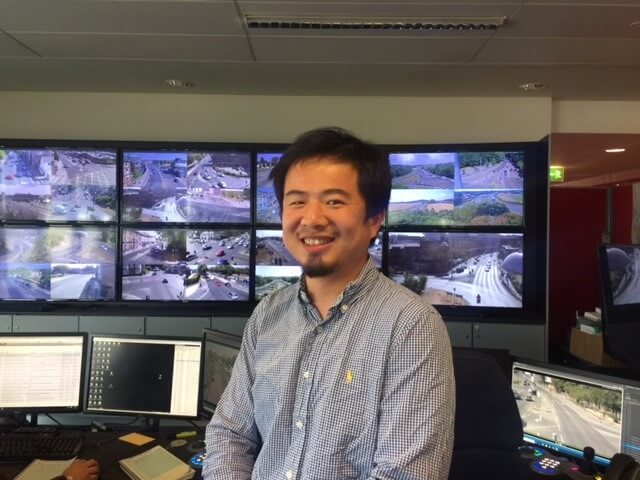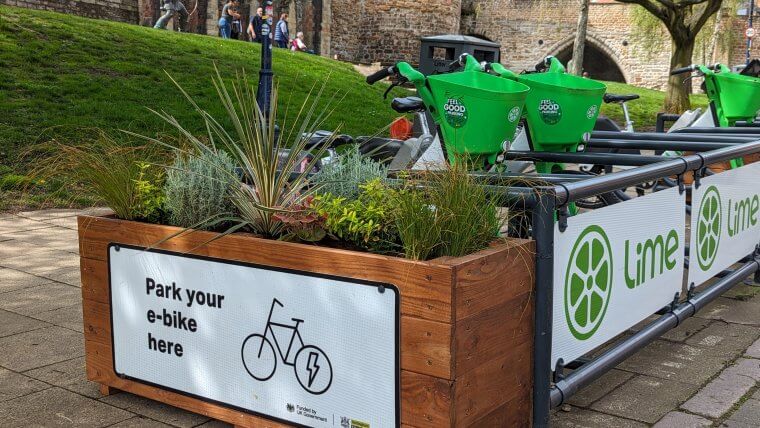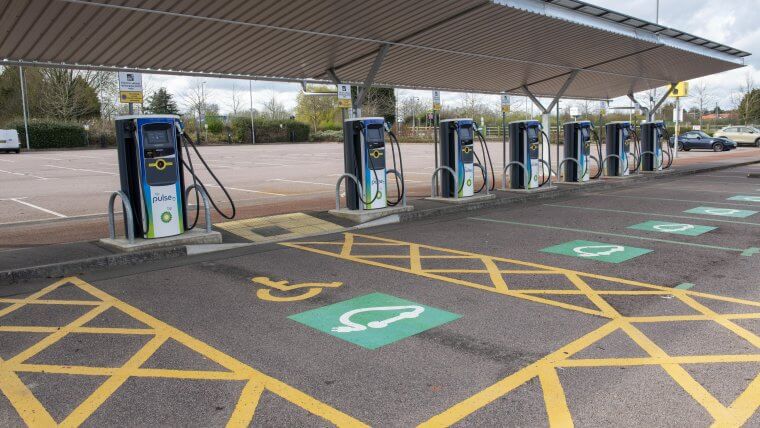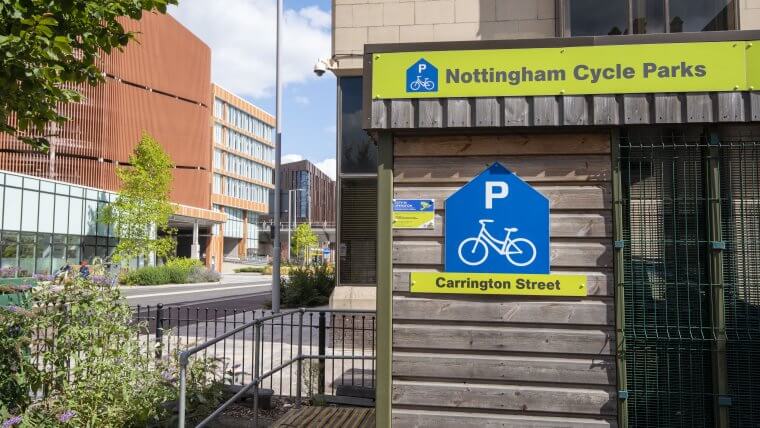14 August

Traffic lights and pedestrian crossings aren’t something most people spend a lot of time thinking about, but signals play a huge role in traffic flows and making sure people can get from A to B. As you can imagine, it’s a lot more complicated than just red, amber green!
We spoke to Mike Hu, Nottingham City Council’s Traffic Signal Design Officer to find out more…
Let’s start off simple, when you say ‘signals’ what do you actually mean?
“A signal is the technical term for what most people call traffic lights, they exist to control vehicular traffic and to protect pedestrians and cyclists so they can safely cross roads. Each signalised junction has a controller which is basically a computer – the grey cabinets you see on the side of the road, and each signal is configured to work as efficiently as possible.
“In network management we talk a lot about ‘capacity’ and ‘efficiency’ at a junction. Capacity just means the number of vehicles the junction is capable of handling and efficiency is making sure they can get where they want to be as quickly and safely as possible – to keep Nottingham moving.
“Sometimes the signal design is as simple as a push button pedestrian crossing, but for major junctions the design can be very complex. Factoring in the interactions of different roads, pedestrian crossings and conflicting priorities to make sure everyone can get where they need to go. If we’ve done our job correctly, then you shouldn’t notice the work we do.”
And how do signals work?
“The signals run a daily timetable so each signal is on a schedule to operate different timings throughout the day. For example, in the evening peak – at rush hour the most important thing to keep the roads running smoothly is to get as many vehicles as possible through a junction, so we prioritise capacity. Which generally means more time is given to the main roads, which carry the most traffic. Unfortunately, this can lead to increased waiting time on the side roads, but at rush hour, this is necessary to keep the main routes through the city moving.
“At quieter times of day, our priorities are different, and then our aim is to reduce the delay for people waiting at lights. The signals are more responsive to different levels of traffic, and change more quickly to reduce waiting – it’s a balance.”
How often are these reviewed?
“Each of the signals are connected to our central computer, where we can monitor for faults and review how junctions are working, and make changes if needs be.
“We are always asking, ‘Is this junction working correctly? Could it be better?’ It is not our team’s role to make large structural changes to the road, but we do offer advice to the highway design team, and we can make software changes to the signals that have a big impact on traffic.
“For example: the junction of Bellar Gate and Barker Gate outside the National Ice Centre. By recalibrating the timings we managed to give an additional three seconds to traffic on Barker Gate, without losing any time for drivers coming from Bellar Gate. Three seconds may not sound like a lot, but that’s about four extra cars per cycle – and at peak times around 270 vehicles an hour! So maximising efficiency at junctions can have a real impact on keeping Nottingham moving.”
What about when there’s a problem on the road, like an RTC?
“Because we have the team in the traffic control centre and the CCTV network we can monitor issues on the road, whether that be an RTC or during major events. In these circumstances we can take over and manually control signals to help relieve pressure and get traffic flowing again.
Communication is also important, so when incidents occur on the network we can advise motorists of any issues so people can amend their journeys. For live traffic updates follow @NottmTravelwise”





